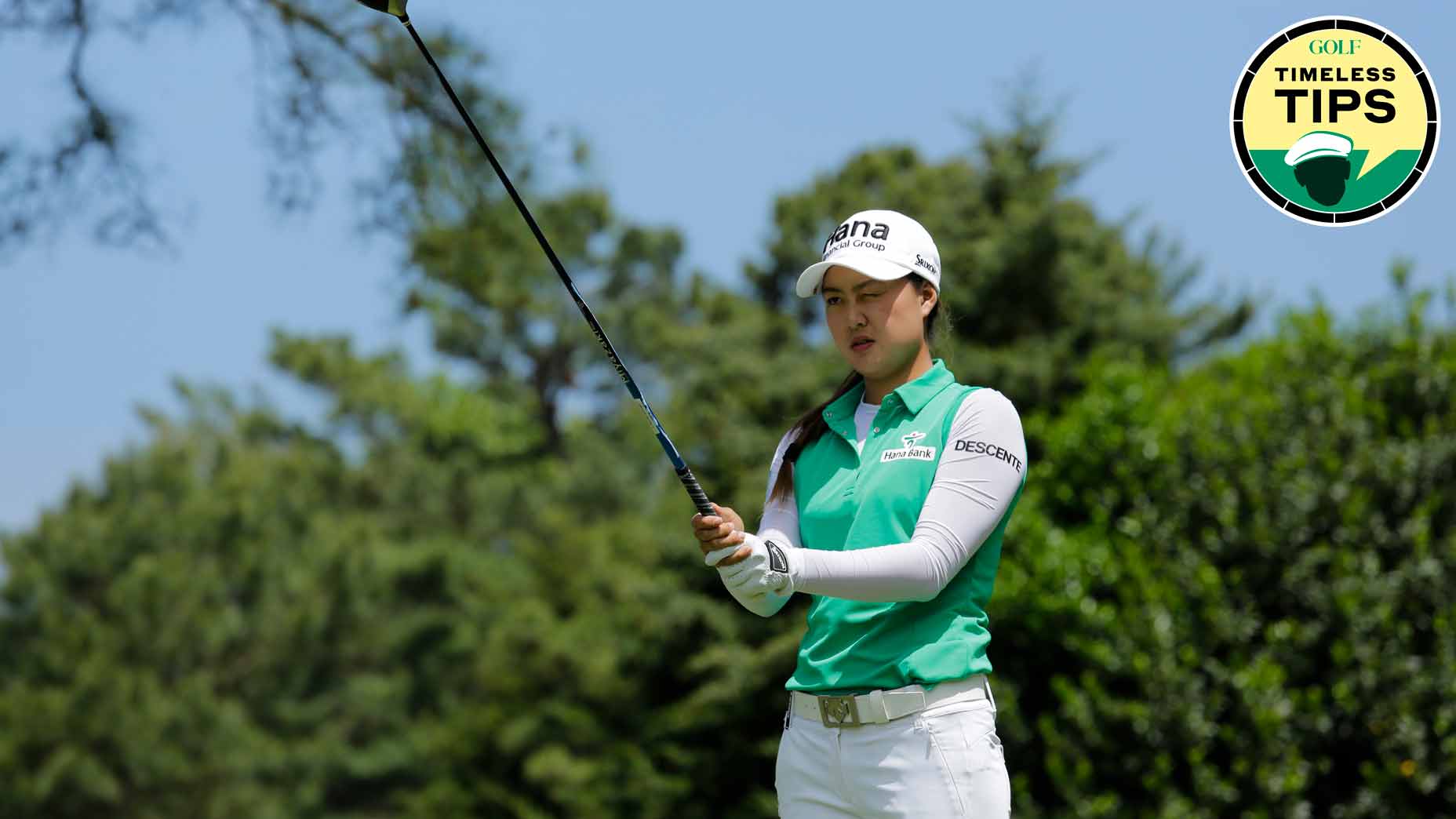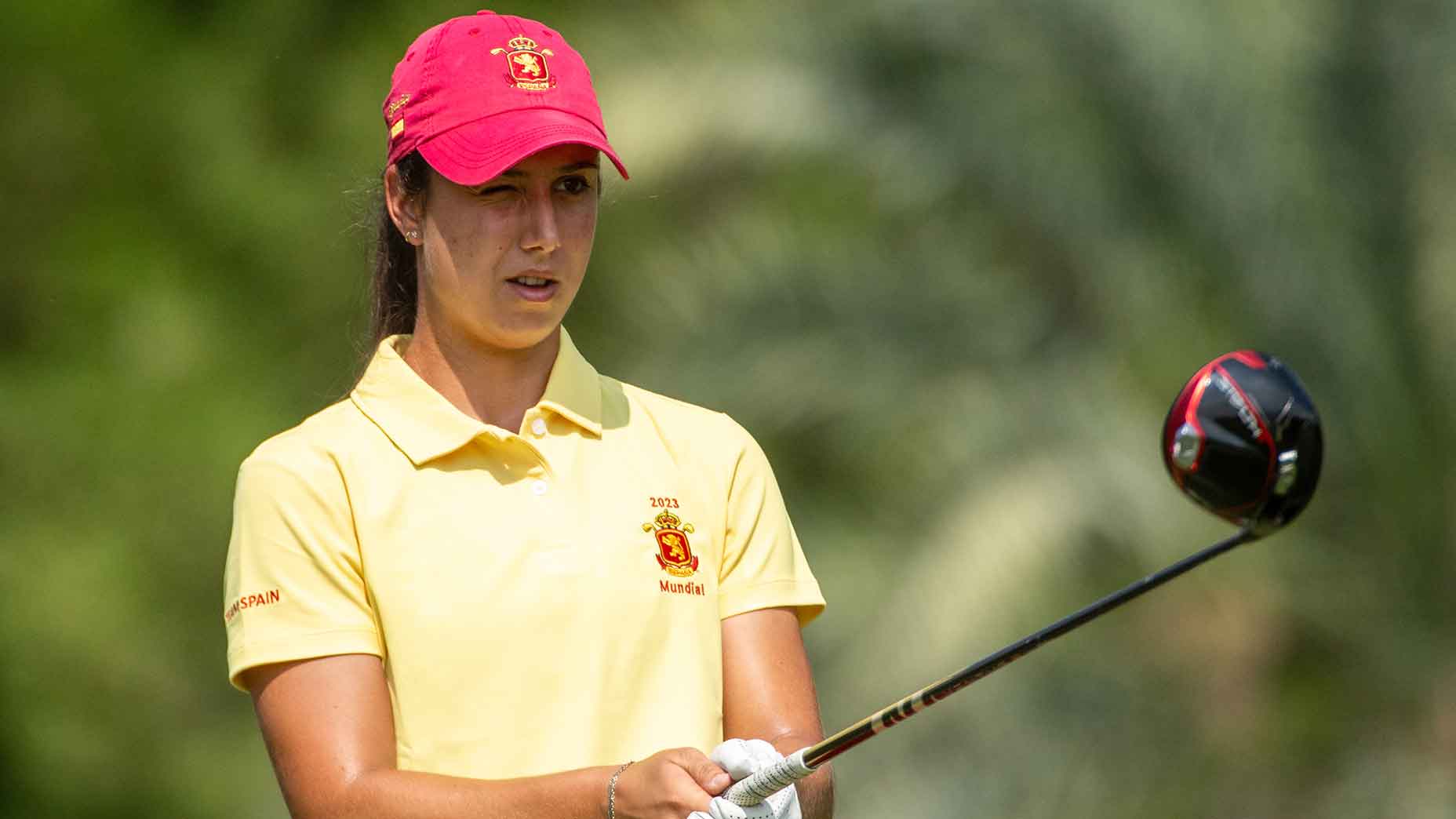10 ways to improve your aim and alignment

Nailing your aim and alignment will work wonders for your score.
Getty Images
One of the most common requests I get from my students is to help them aim better.
Generally, I think of aiming the clubface, and aligning the body. There is no question that the clubface has the most direct impact on ball direction, but the alignment of the body — especially the shoulders — to the clubface will affect the swing pash and, therefore, the curvature of the golf ball.
Here’s how to master both.
1. Find a consistent ball flight
It may sound counterintuitive, but your ability to aim is often a reaction to your ball flight. If you miss your golf ball in multiple different directions, it’s really hard to aim properly. To aim well you first have to have a predominant ball flight — even if it goes right-to-left or left-to-right. You can straighten the curve out down the road, but having a sense of certainty will make you more confident as you learn how to aim.
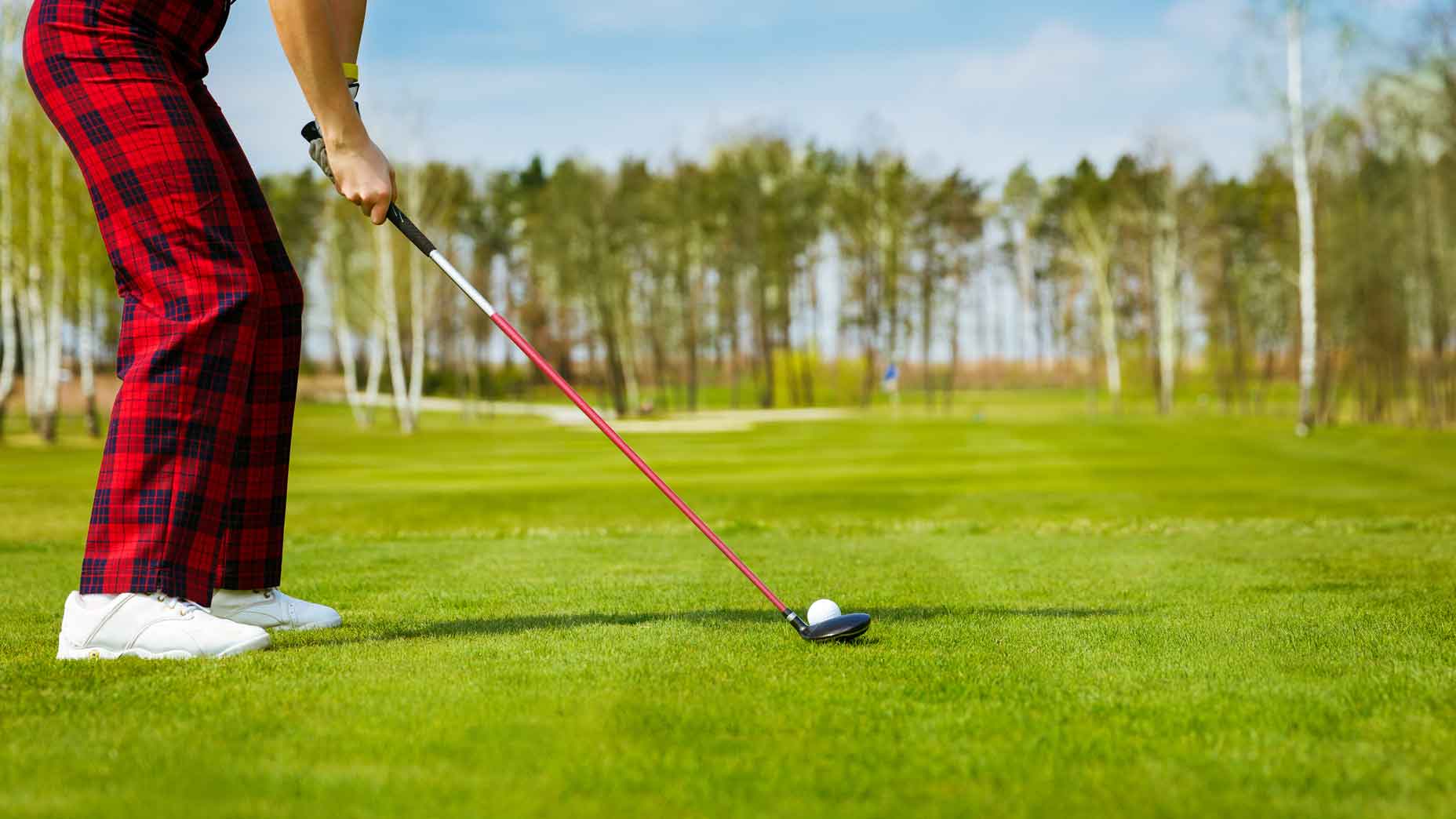
2. Know your bias
Most right-handed players, myself included, tend to aim too far to the right. This is common because setting up to the golf ball means approaching the target with your body turned to the side, which makes aiming and aligning more difficult.
But everyone has a different bias, both in direction and degree. The key is knowing what yours tends to be so you know what to account for as you address the ball.
3. Aim the face first
The clubface has the greatest influence on where your golf ball goes, so it’s important to be good at aiming the face. When you watch many good players start their routine, you will often see them setting the club behind the ball first while looking back and forth at the target.
Aiming the face should be done with the leading edge of the club. Lofted clubs will tend to look more crooked, but practice aiming the clubface at your target first before stepping into the shot.
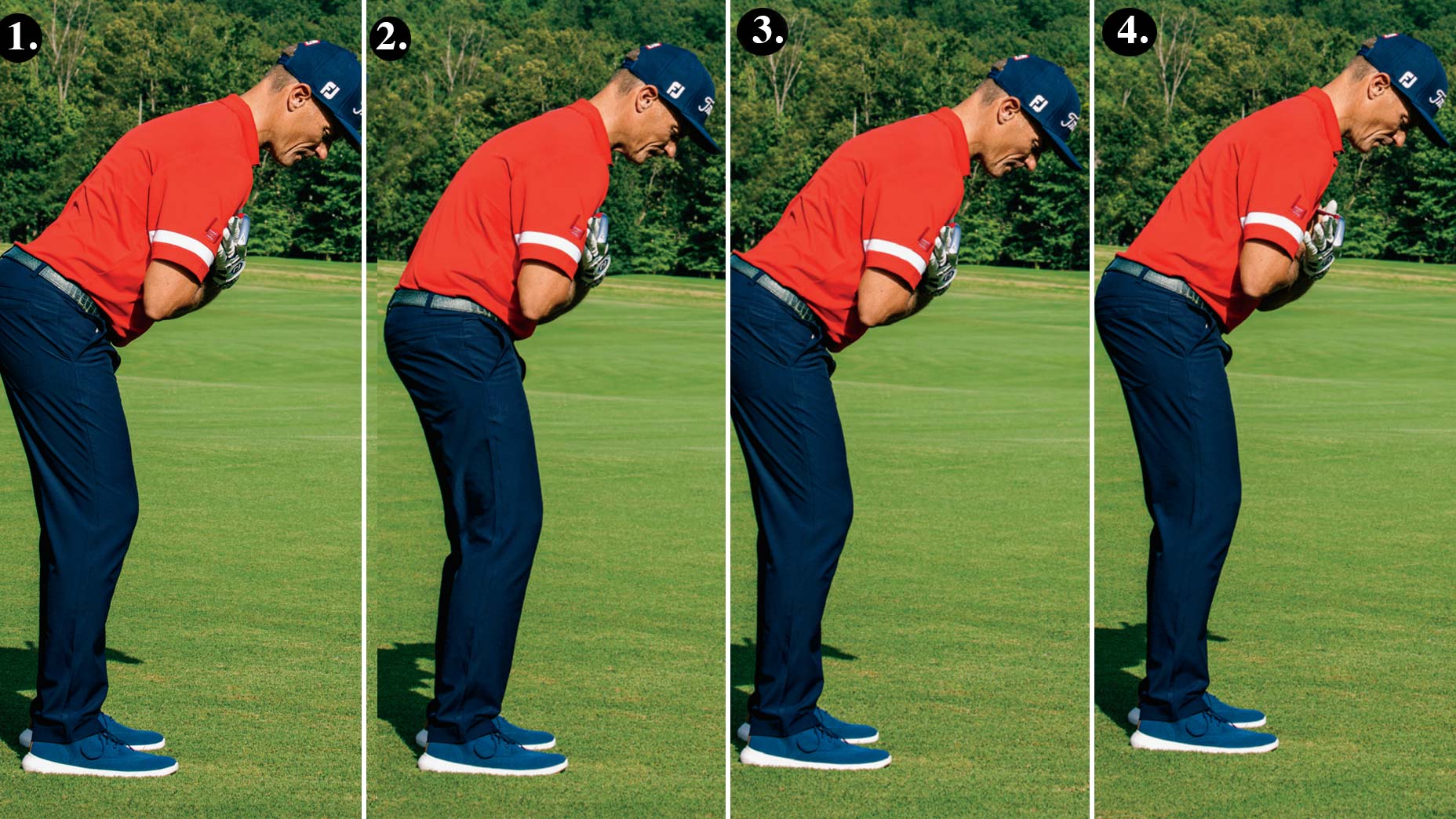
4. Align the body
Once you’ve aimed the face, you need to align your body so your feet, knees, hips and shoulders are all running parallel to your target line. It may not seem parallel at first, but this is why it’s so important to practice this — to train your eye to align your body properly.
5. Use your lead shoulder
Some golfers often find it helpful to use their lead shoulder to learn how to aim. Ask yourself: “Where does my lead shoulder look relative to my target?”
For me, when I aim properly, I know my lead shoulder looks about 10 yards left of the target. Finding little visual cues that can help you will improve your aim, and help you hone in on pins.
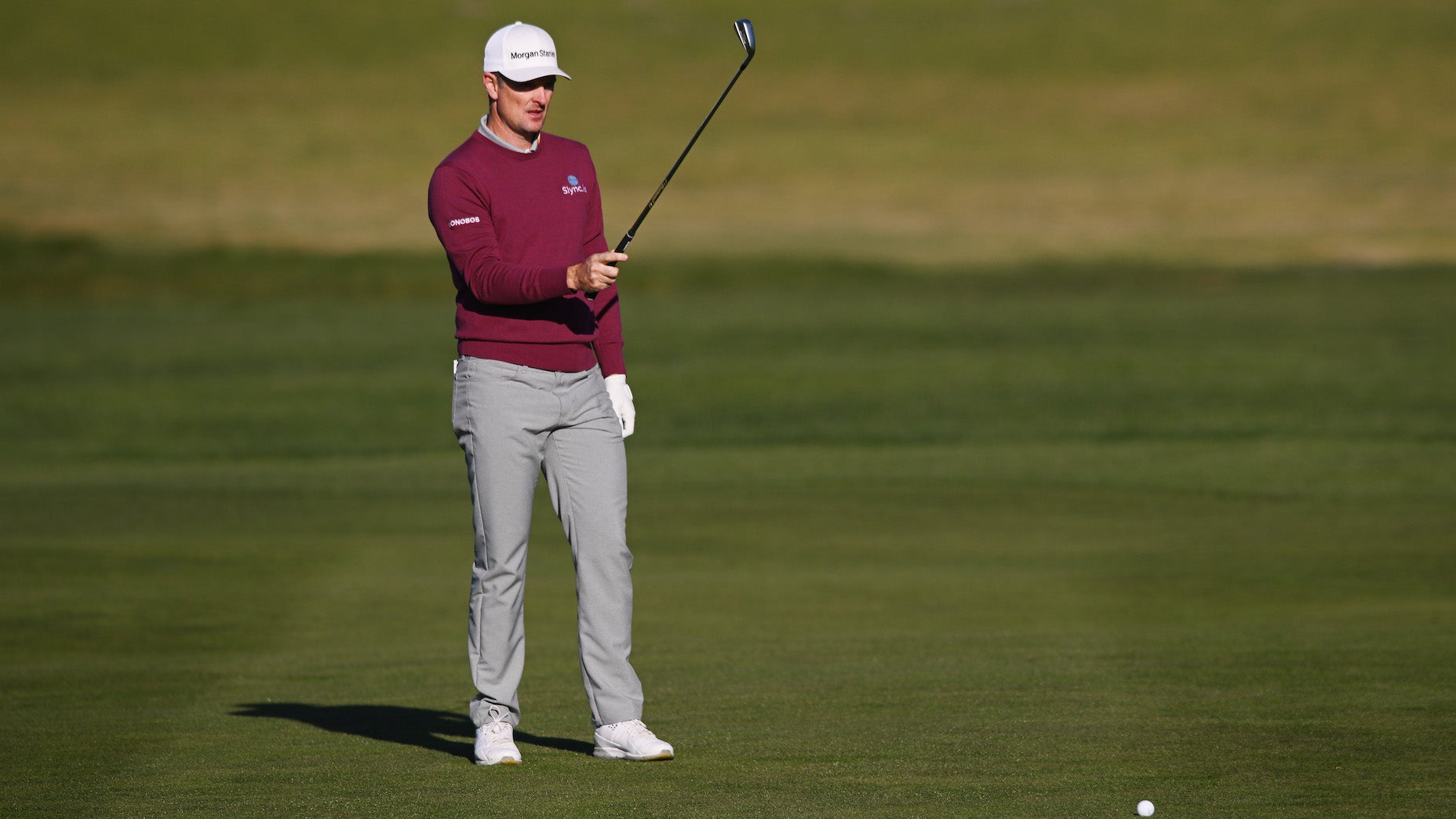
6. Pick an intermediate target
Many golfers use an intermediate target, which is a spot between their golf ball and their target. Based upon this theory, it’s easier to aim at something close to you than far.
If you stand directly behind your golf ball, you’ll be able to pick a spot on the ground within a couple of feet of your ball but in line with your target, and focus on aiming the clubface at that. This can be particularly helpful when you have hazards in your way, where your aim needs to be more exact.
7. Use angles off the tee box
It may be a bit counterintuitive, but using smart angles on tee boxes can help you aim and align well. Remember to tee off on the side of trouble. So, if the hazard is on the right side of the hole, for instance, moving to the right side of the tee box and aiming away from the trouble can help you stay safe.

8. Don’t forget to look!
So many of my students who think they can’t aim, I might say, don’t aim. That’s because they spend their entire time looking at the golf ball.
Those who are best at aiming typically look back and forth between the ball and the target several times during the setup routine. Just watch the best players in the world. Often they will…
- Look at the target
- Set the clubface
- Look at the target
- Set up their feet
- Look at the target one last time
- Swing
9. Adjust on the day
Some days are better than others. Every golfer knows this. When you’re warming up on the range, be prepared to change your aim based on the ball flight you’re seeing that day. If you are slicing the ball, you may not be able to fix your mechanics to get back to your typical ball flight, so adjust your aim accordingly until you can get back to the range.
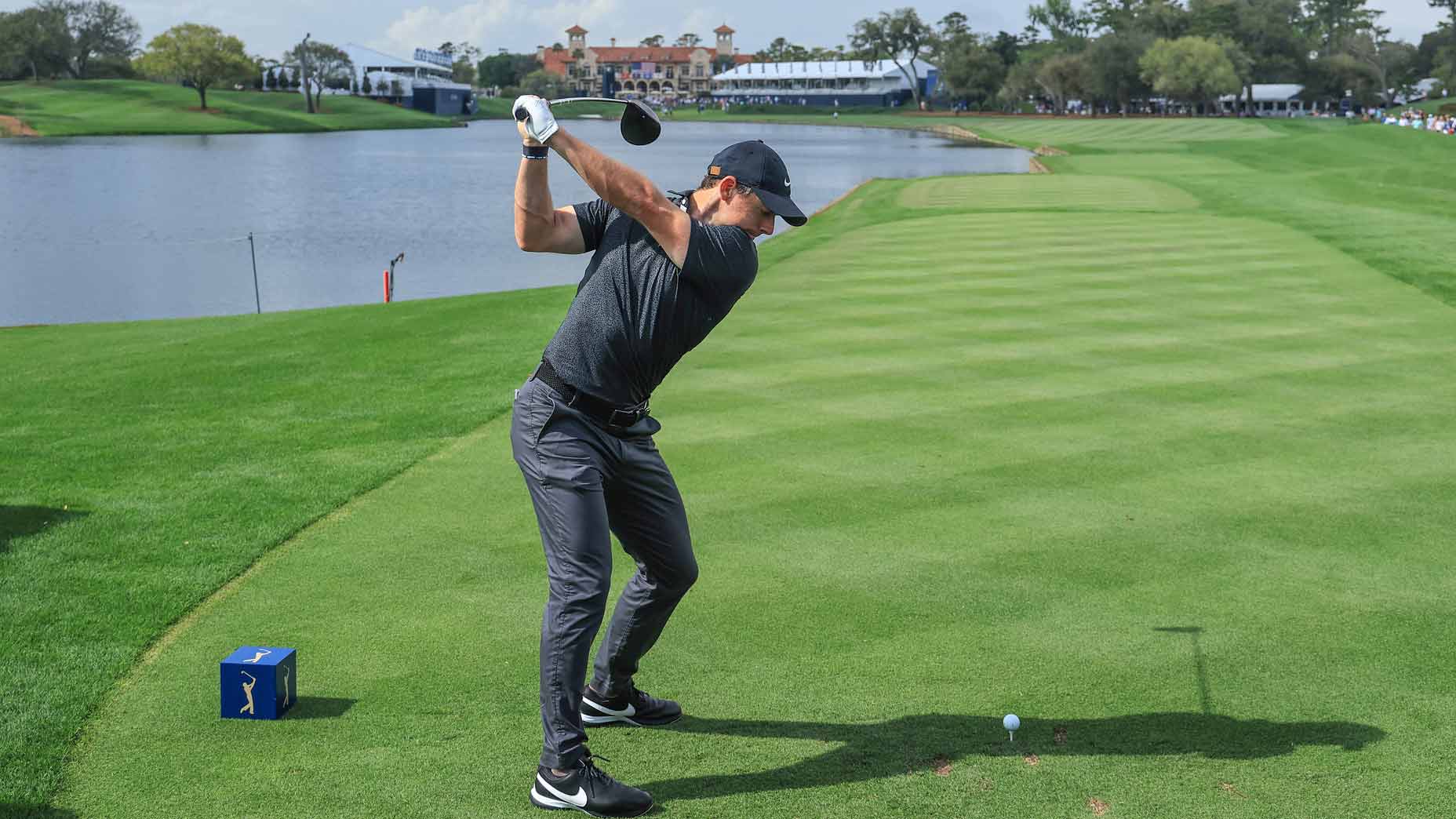
10. You have to earn it
Being great at aiming is an earned skill, and your attitude can often be the largest hurdle. So many golfers take good aim for granted. Recognize that you need to practice it, with feedback, in order to improve it.
Need help unriddling the greens at your home course? Pick up a custom Green Book from 8AM Golf affiliate Golf Logix.
For more golf tips from Kellie Stenzel, click here.



